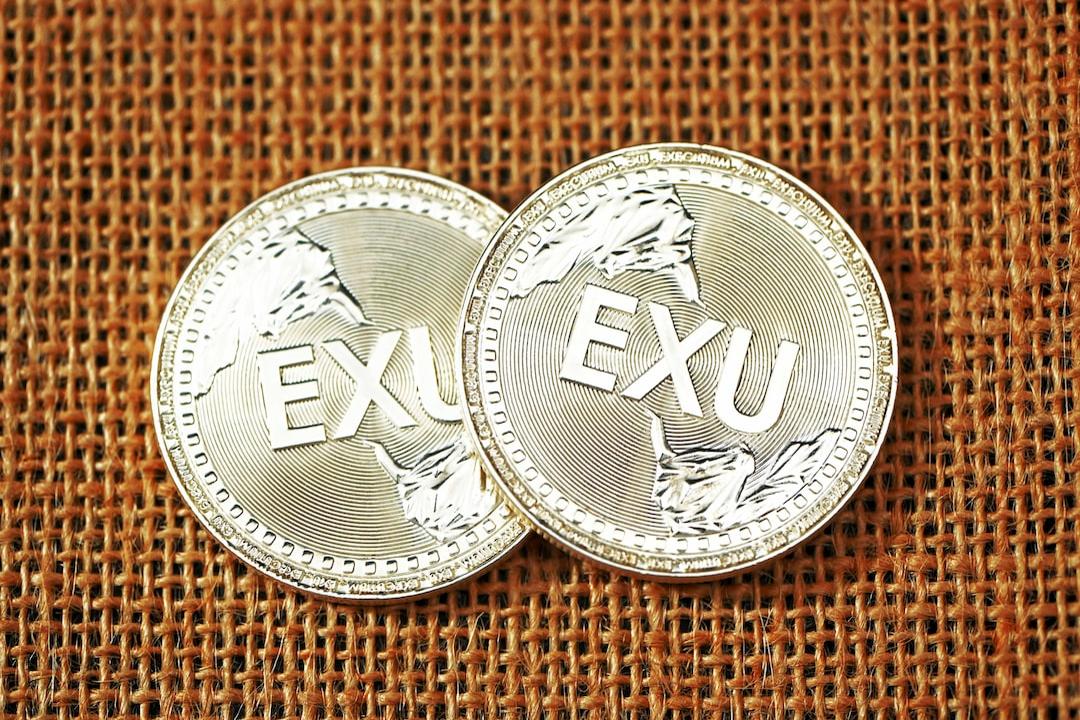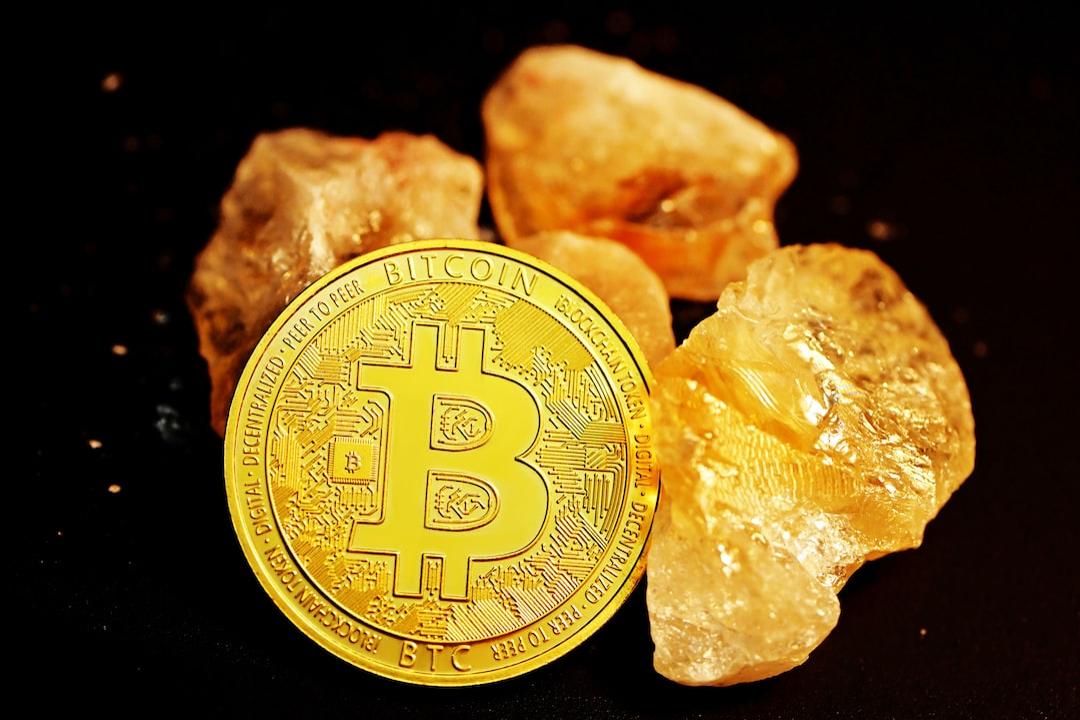An Explanation of the Dot-com Bubble: The History of the Stock Market from 1995 to 2000
The Dot-Com Bubble: A Detailed Exploration
If you’ve ever wondered why people poured so much money into websites that delivered dog food or how an online toy store became Wall Street’s darling, you’re in the right place. This guide will dissect the dot-com bubble in all its glory. We’ll delve deep into the factors that led up to this digital frenzy, the profound effects it had on the economy and investors, and the indelible legacy it left behind.
Best Crypto Exchange for Intermediate Traders and Investors
Invest in cryptocurrencies and 3,000+ other assets including stocks and precious metals.
0% commission on stocks – buy in bulk or just a fraction from as little as $10. Other fees apply. For more information, visit etoro.com/trading/fees.
Copy top-performing traders in real time, automatically.
eToro USA is registered with FINRA for securities trading.

30+ million Users worldwide. Get Started. eToro is a multi-asset investment platform. The value of your investments may go up or down. Your capital is at risk. Don’t invest unless you’re prepared to lose all the money you invest. This is a high-risk investment and you should not expect to be protected if something goes wrong. Take 2 mins to learn more.
The Dot-Com Bubble Explained
The dot-com bubble was a stock market bubble fueled by highly speculative investments in internet-based businesses during the bull market from 1995 to 2000. It saw the value of equity markets grow dramatically, with the technology-dominated Nasdaq index rising five-fold during that period.
Unfortunately, things started to change in the late 2000s once investors realized many of these companies had business models that weren’t viable, ushering in a bear market that would last around two years and affect the entire stock market.
The crash saw the Nasdaq index plunge 76.81%, from a peak of 5,048.62 on March 10, 2000, to 1,139.90 on October 4, 2002, culminating in the majority of dot-com stocks going bust and evaporating trillions of dollars of investment capital in its wake. It would take 15 years for the Nasdaq to retrieve its peak, which it did on April 24, 2015.

What Are Asset Bubbles?
The dot-com bubble is an example of an asset bubble, sometimes referred to as a financial, economic, or speculative bubble. Noteworthy examples from history include the stock market bubble of the 1920s that led up to the Great Depression and the real estate bubble of the 2000s that culminated in the Great Recession.
An asset bubble occurs when an asset’s price rises rapidly over a short period and trades much higher than its fundamentals suggest. Asset bubbles are fueled by increased money supply and particular historical circumstances (e.g., rapid technological expansion). The hallmark of a bubble is irrational exuberance—the unfounded economic optimism that sees investors flock around a particular asset class without good reason.
During a bubble, investors bid up the price of an asset beyond its intrinsic value. Like a snowball, the bubble feeds on itself. The higher the prices, the more opportunistic investors jump in—the expectation of future price appreciation inviting in additional dollars, inflating the price even further.
Eventually, once prices crash and demand falls, the bubble pops, wreaking havoc for latecomers to the game, most of whom lose a large percentage of their investments. The burst has dire outcomes, such as reduced business and household spending and a potential economic decline (recession).
Asset bubbles are notoriously hard to recognize while occurring and are often identified only in retrospect. The term irrational exuberance was coined in December 1996 by Federal Reserve Board chairman Alan Greenspan and widely interpreted as a warning that the stock market might be overvalued.
1990s Technological Boom and the Dot-Com Bubble
The 90s witnessed rapid technological progress in many areas across the U.S. However, the commercialization of the Internet led to the most remarkable expansion of capital growth in the country ever, seeing many investors eager to invest, at any valuation, in any dot-com company, especially if it had a “.com” after its name.
Ultimately, this grew into what’s now known as the dot-com bubble (aka dot-com boom, tech bubble, Internet bubble), triggered by a combination of speculative investing, market overconfidence, a surplus of venture capital funding, and the failure of Internet startups to turn a profit. It saw both venture capitalists and individual investors pour money into Internet-based companies, hoping they would one day become profitable, abandoning all caution for an opportunity to capitalize on the growing dot-com novelty vision.
Many investors expected Internet-based companies to succeed merely because the Internet was an innovation, even though the price of tech stocks soared far past their intrinsic value, increasing much faster than their counterparts in the real sector. As a result, investors anxious to find the next big dot-com were more than willing to overlook fundamental company analysis involving metrics such as price-earnings (P/E) ratio and base confidence on technological advancements.
Recommended Video: The Dot-Com Bubble Explained in 3 Minutes
What Went Wrong: The Crash
The eventual crash of the dot-com bubble can be attributed to the following factors:
- Absurd overvaluations of dot-coms: Investors’ lack of due diligence, high demand, and lack of valuation models led to dot-com companies being excessively overvalued.
- Lavish spending habits of dot-coms: Dot-coms raced to get big quickly, overspending on marketing and promotions to establish market share.
- A surplus of venture capital: Venture capital and low-interest rates made it easy for tech startups to receive funding, which inflated the bubble.
- Encouragement by the media: Media outlets fueled demand by promoting overly optimistic expectations of returns.
Conclusion: The Aftermath
The dot-com bubble and its subsequent crash left a lasting impact on both investors and the economy. While many companies went bankrupt or were forced to reorganize, the capital invested laid the groundwork for the internet infrastructure we rely on today.
Incredibly, by 1999, losing money was a sign of a successful dot-com, and Priceline was the front-runner. However, Priceline eventually recovered, becoming a part of Booking Holdings. Despite the losses, some companies managed to adapt and thrive.
Comparing the Dot-Com Bubble and Today’s Crypto Boom
The cryptocurrency boom shares similarities with the dot-com bubble, with speculative investing and hype driving the market. However, AI technologies have already begun delivering tangible value, unlike many dot-com companies, leading to a different market dynamic today.

